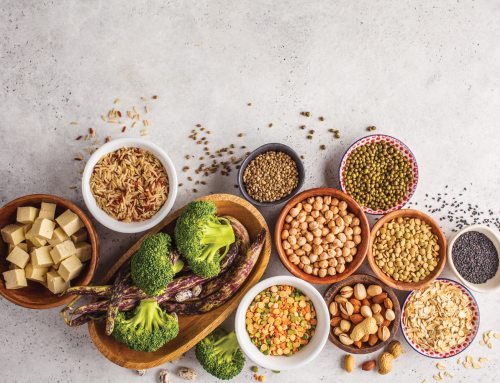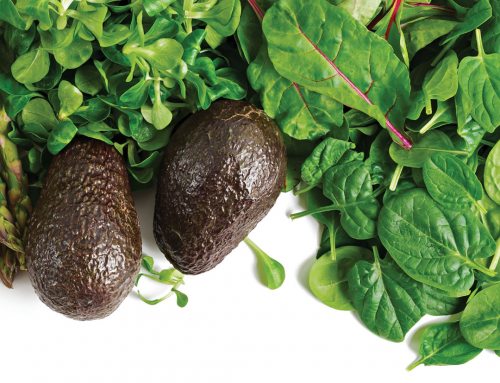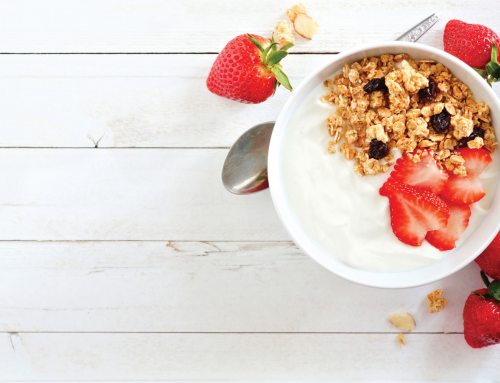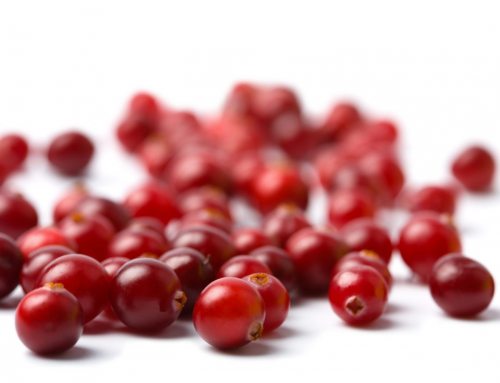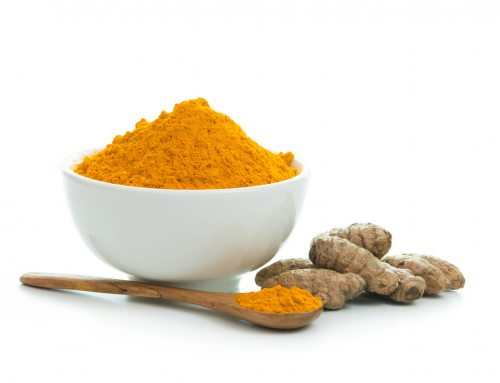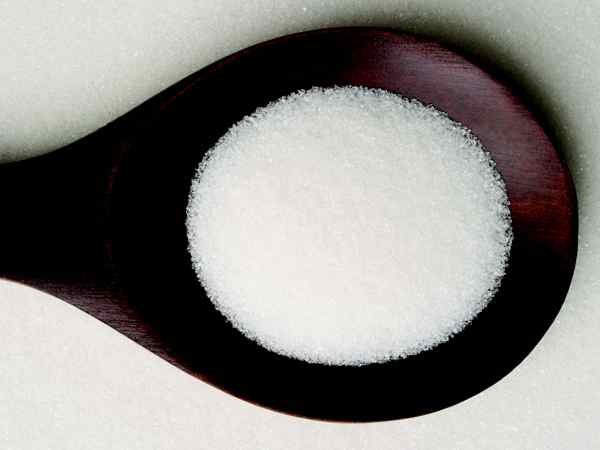
By Maria Doyle
Food manufacturers are proposing a new Front-of-Package (FOP) food-labeling program. The new labels will highlight four nutrients: calories, sodium, saturated fat, and trans fat, but not sugar, despite the fact that sugar consumption has risen dramatically in recent decades.
Sugar consumption in the U.S.
It is no secret that sugar consumption in the U.S. has increased, and that there is a need to restructure existing front-of-package food labeling programs. Such programs should include sugar and specify amounts of natural and added sugars separately.
The American Heart Association (AHA) in its 2009 scientific statement pointed sodas and other sugar-sweetened drinks as the main source of “added sugars” in Americans’ diets. Additionally, a new study in the Journal of the American Medical Association states: “The daily consumption of added sugars in the U.S. averages 3.2 ounces (15.8 percent of daily caloric intake) and has increased dramatically since 1977–1978, when added sugars contributed only 10.6 percent of the calories consumed by adults.”
So what are added sugars?
Added sugars are sugars and syrups used by the food industry and consumers during food processing or preparation. They do not include naturally occurring sugars such as those found in milk and fruits. Currently, it is difficult for a consumer to figure out the amount of added sugars in any given food product. Nutrition facts labels specify sugar content but do not differentiate natural and added sugars.
Are some types of sugars better than others?
Not according to Rachel K. Johnson RD, MPH, PhD, a professor of nutrition at the University of Vermont and a spokeswoman for the AHA, who says: “In terms of something being inherently better about natural sweeteners as opposed to table sugar or sucrose—no. The bottom line: All are simple sugars.”
Should we limit our sugar intake?
Moderation is key, experts say. For example, the AHA statement recommends that women consume approximately 6 teaspoons of sugar a day, or about 100 calories. Men should get about 9 teaspoons a day, or 150 calories. If you are curious as to how much sugar that is, a 12-oz. can of regular soda contains eight teaspoons of sugar, or approximately 130 calories!
How Much Is Enough?
The American Heart Association (AHA) is calling for a drastic reduction in the consumption of dietary sugar (found mostly in soft drinks) to combat obesity and cardiovascular disease. In a statement, the AHA states: “Persons in the United States consume on average about 111 g (22.2 teaspoons), or 355 calories, of discretionary sugar per day.” The AHA called for setting a prudent daily upper limit of just over 30g (6 teaspoons or 100 calories) of added sugars for average-sized women and just over 45g (9 teaspoons or 150 calories) for average-sized men.
In response to the AHA guidelines, the Corn Refiners Association—the national trade group for the U.S. corn refining industry, issued a response: “Sweeteners are found in many foods, and when consumed in moderation, often serve a useful role in making nutrient-rich foods, like yogurt and flavored milk, palatable. Like all sugars, high fructose corn syrup should be enjoyed in moderation as part of a balanced diet.” In addition, the Sugar Association has argued that the European Food safety Authority and a panel of experts convened by the Institute of Medicine in 2002 declined to set an upper limit for total or added sugars.
Here are some examples of foods containing approximately one day’s worth of added sugar:
One 12-oz. can of regular soda has approximately 8 teaspoons of sugar
8-oz. of fruit flavored yogurt has approximately 6 teaspoons of sugar
8-oz. of low-fat chocolate milk has approximately 4 teaspoons of sugar


